
When neurons change, but behavior doesn’t: Excitability changes driving representational drift
New preprint of work with Christian Machens: www.biorxiv.org/content/10.1...
@colin-bredenberg.bsky.social
Postdoctoral researcher at the University of Montreal and Mila - Quebec AI Institute. Amateur writer.

When neurons change, but behavior doesn’t: Excitability changes driving representational drift
New preprint of work with Christian Machens: www.biorxiv.org/content/10.1...
Great review! Section 4.2 in particular looks very consistent with our 'oneirogen hypothesis' model (elifesciences.org/reviewed-pre...). You've pointed us to lots of great references for our revisions :)
11.07.2025 18:03 — 👍 3 🔁 0 💬 1 📌 0Top-down feedback is ubiquitous in the brain and computationally distinct, but rarely modeled in deep neural networks. What happens when a DNN has biologically-inspired top-down feedback? 🧠📈
Our new paper explores this: elifesciences.org/reviewed-pre...
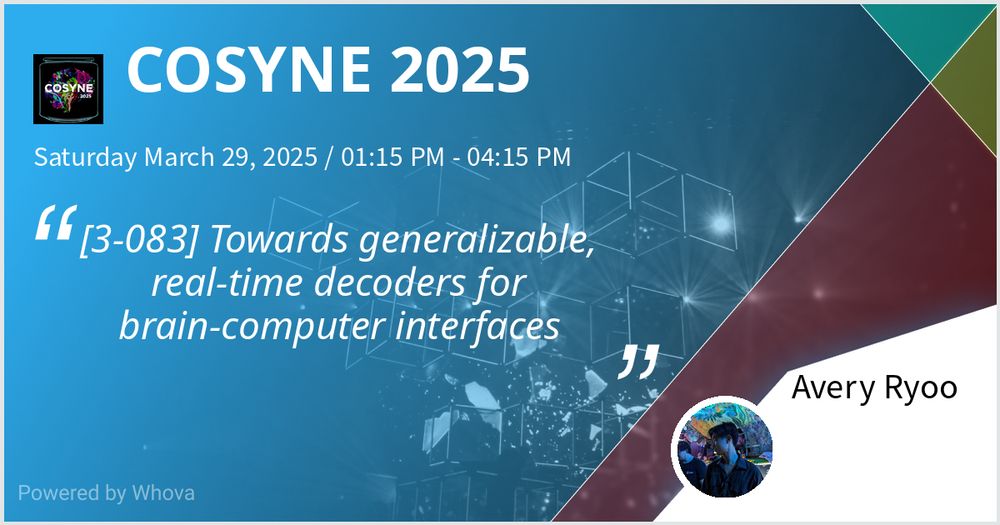
Just a couple days until Cosyne - stop by [3-083] this Saturday and say hi! @nandahkrishna.bsky.social
24.03.2025 18:19 — 👍 6 🔁 3 💬 0 📌 0
Hi BlueSky fam, for my first post and to celebrate our recent paper being physically published I thought I’d do a summary thread!
This has been my most favourite (and toughest) work to date.
Please help share around!!
www.cell.com/cell/abstrac...
(Reach out if you can’t access)
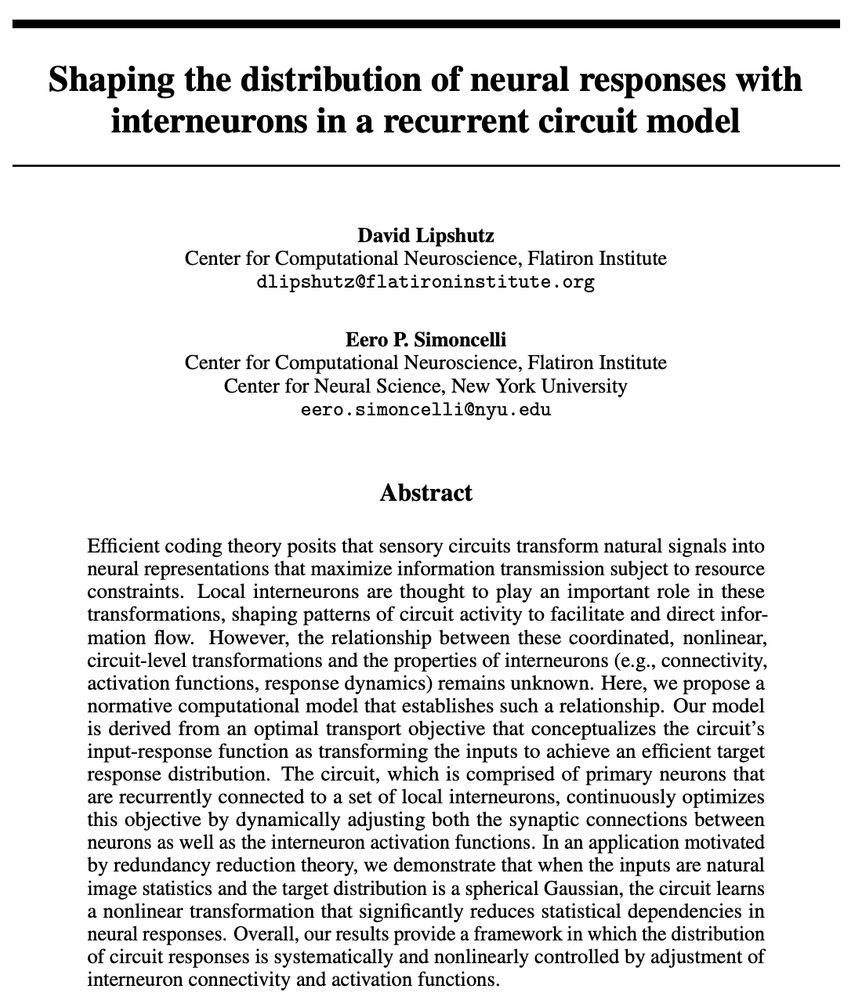
How do interneurons reshape neural responses? I'm excited to present work with @eerosim.bsky.social at #NeurIPS2024 that proposes a nonlinear recurrent circuit model motivated by efficient coding theory.
Poster: 4:30p on Fri, Dec 13
Paper: openreview.net/forum?id=ojL...
Why does #compneuro need new learning methods? ANN models are usually trained with Gradient Descent (GD), which violates biological realities like Dale’s law and log-normal weights. Here we describe a superior learning algorithm for comp neuro: Exponentiated Gradients (EG)! 1/12 #neuroscience 🧪
28.10.2024 17:18 — 👍 73 🔁 23 💬 4 📌 711. We’re looking forward to your feedback, and we hope that some of you will be interested in testing aspects of our model!
08.10.2024 15:08 — 👍 3 🔁 0 💬 0 📌 010. To summarize: we’ve proposed a model of the hallucinatory effects of classical psychedelics, wherein hallucinations are caused by an increase in top-down inputs ordinarily reserved for offline generative replay underlying a form of representation learning in the brain.
08.10.2024 15:07 — 👍 11 🔁 2 💬 2 📌 2
9. We conclude our study by providing a variety of testable predictions that experimental neuroscientists could use to validate or invalidate our model.
08.10.2024 15:06 — 👍 6 🔁 1 💬 1 📌 0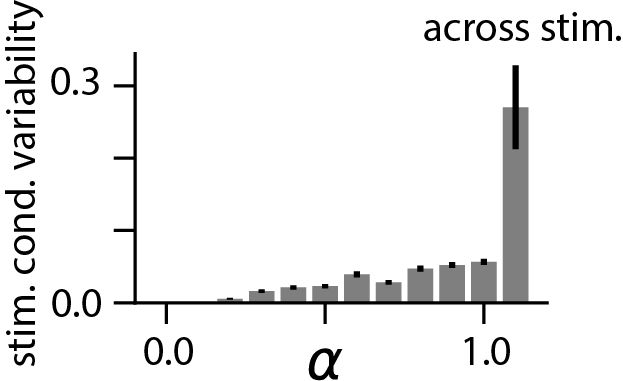
8. Furthermore, consistent with the Entropic Brain Theory (Carhart-Harris et al. 2014), we show that simulated psychedelic administration in our model produces increases in stimulus-conditioned neural variability.
08.10.2024 15:06 — 👍 4 🔁 0 💬 1 📌 0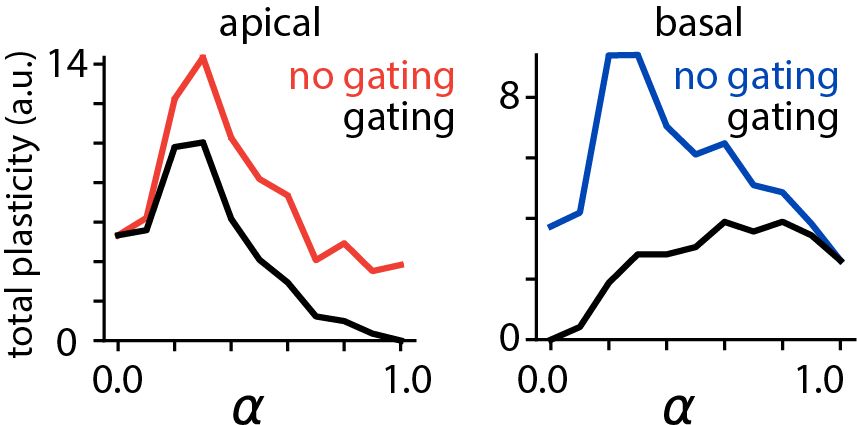
7. Next, we show that intermediate simulated psychedelic doses in our model cause large increases in synaptic plasticity at both apical and basal synapses, as seen in (Shao et al. 2021).
08.10.2024 15:05 — 👍 6 🔁 0 💬 1 📌 0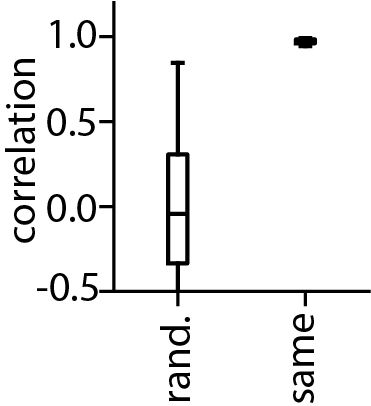
6. We next explored how our model could explain existing neural data. First, we show that Wake-Sleep learning induces strongly correlated tuning between apical and basal dendritic compartments, as has been observed experimentally (Beaulieu-Laroche et al. 2019; O’Hare et al. 2024).
08.10.2024 15:04 — 👍 4 🔁 0 💬 1 📌 0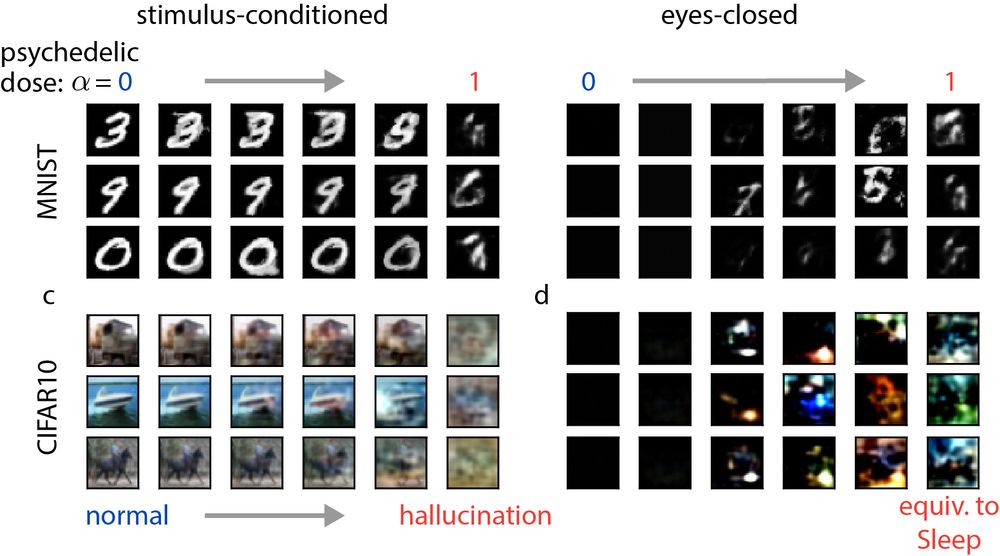
5. Next, we point to experimental evidence that classical psychedelics may increase the influence of apical synapses on neural activity, while decreasing the influence of basal synapses. Simulating psychedelic doses this way in our models produces highly structured hallucinations.
08.10.2024 15:03 — 👍 7 🔁 0 💬 1 📌 0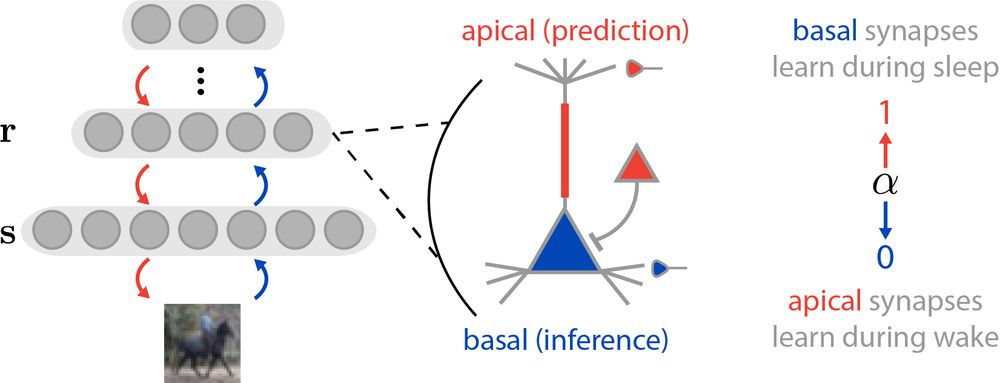
We map the Wake-Sleep algorithm onto cortical architecture by proposing top-down, predictive synapses onto apical dendrites of pyramidal neurons dominate activity during the generative Sleep phase, while bottom-up synapses onto basal dendrites dominate during waking activity.
08.10.2024 15:01 — 👍 5 🔁 0 💬 1 📌 03. An ‘oneirogen’ is a compound that makes neural activity more dream-like. We propose that psychedelics shift neural activity towards a regime normally reserved for replay during sleep, used for learning. To model this form of learning, we use the classic Wake-Sleep algorithm (Hinton et al. 1995).
08.10.2024 14:59 — 👍 10 🔁 0 💬 1 📌 02. We put forward the ‘Oneirogen Hypothesis,’ arguing that psychedelics cause hallucinations because they hijack a system ordinarily used for learning in the brain.
08.10.2024 14:57 — 👍 6 🔁 0 💬 1 📌 2
1. Hi all: I’m here to advertise our new preprint: www.biorxiv.org/content/10.1..., with Fabrice Normandin, @tyrellturing.bsky.social, and @glajoie.bsky.social!
08.10.2024 14:57 — 👍 43 🔁 11 💬 2 📌 5